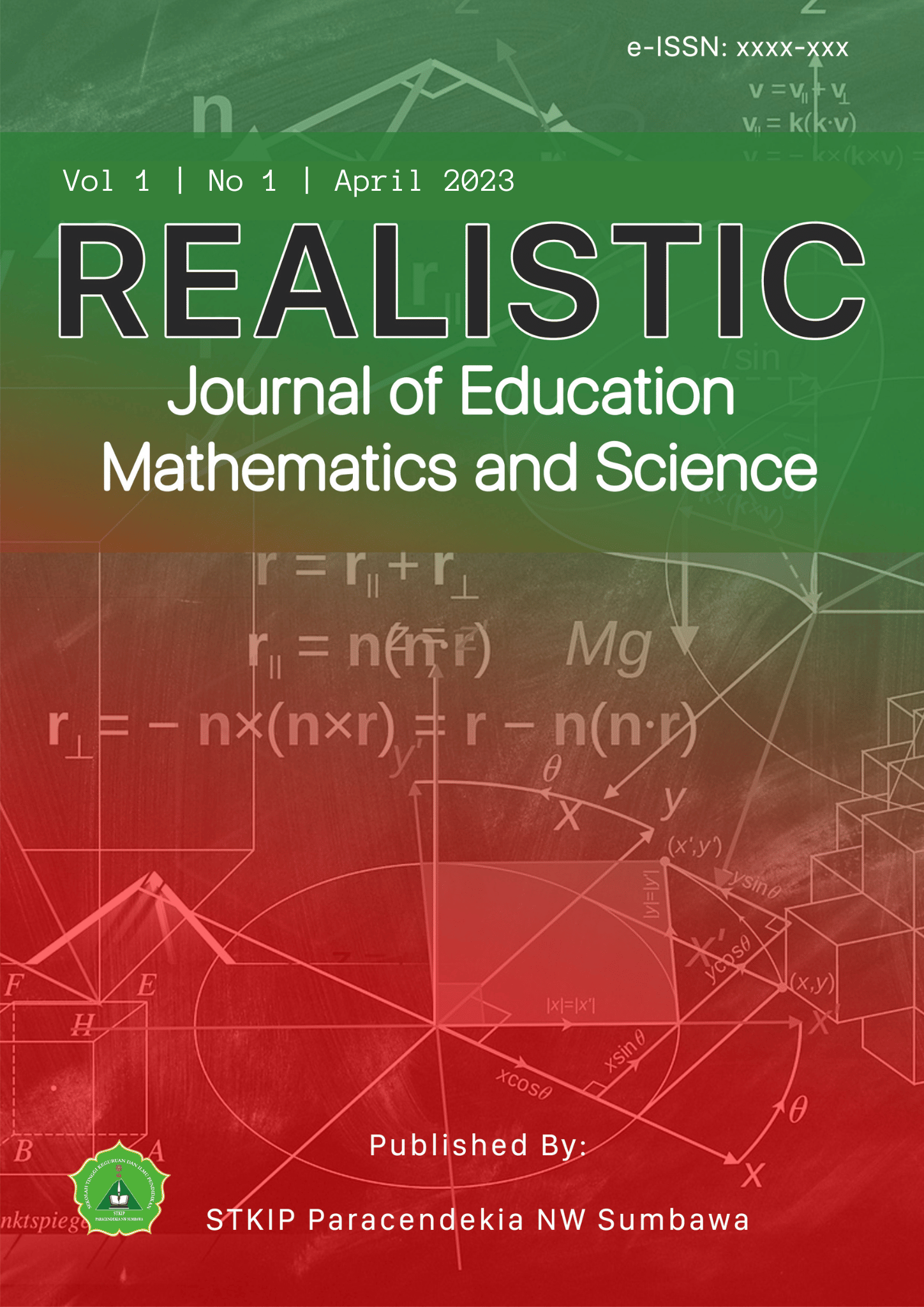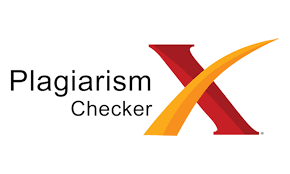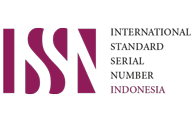ORIENTASI TUJUAN SISWA SMK KESEHATAN GRIYA HUSADA SUMBAWA BERDASARKAN INDEKS PRESTASI
Keywords:
Mastery Goal Orientation, Performance Goal Orientation, Learning AchievementAbstract
Goal orientation is one way to find out which students are suitable for what method. students with a mastery goal orientation view success as an increase in self-efficacy, while students with a performance goal orientation view success through comparison with others. This study aims to compare the learning achievement of students of SMK Kesehatan Griya Husada based on goal orientation. Research is quantitative research. The population and sample in this study amounted to 25 students. Data was collected through tests and questionnaires. The data analysis used descriptive statistics and homogeneous t-test. The results of this study indicate that the average learning achievement of students with mastery orientation is 78.94 with the highest score of 85 and the lowest of 70. The average learning achievement of students with performance orientation is 78.25 with the highest score of 85 and the lowest score of 75. t Homogeneity gives the result t_hitung=3.78020556>t_tabel=2.064 which means H1 is accepted so it can be concluded that the average mastery-oriented student learning achievement is greater than the average performance-oriented student learning achievement.
References
Arikunto,S. 2002. Prosedur Penelitian.Suatu Pendekatan Praktek. Edisi Revisi V jakarta:Rhineka Putra
Arifin, Zaenal. (2012). Evaluasi Pembelajaran. Bandung: PT. Remaja Rosdakarya.
Ahmad, Mudzakir. (1997). Psikologi Pendidikan. Bandung: Pustaka Setia
Djaramah, S.B. 2012. Prestasi Belajar dan Kompetensi Guru. Surabaya: Usaha Nasional
Dimyati, Mudjiono. 2006. Belajar dan Pembelajarn. Jakarta: Penerbit Rineka Cipta
Djaramah, S.B. 2012. Prestasi Belajar dan Kompetensi Guru. Surabaya: Usaha Nasional.
Hidi, S., & Harackiewicz, J. M. (2000). Motivating the academically unmotivated: A critical issue for the 21st century. Review of educational research, 70(2), 151-179.
Hidi, S., & Harackiewicz, J. M. (2000). Motivating the academically unmotivated: A critical issue for the 21st century. Review of educational research, 70(2), 151-179.
Hamalik, O. (2005). Proses belajar mengajar.
Irham M., Yuliani M.A. ( Perbandingan Prestasi Belajar Mahasiswa pada Mata Kuliah Aljabar Linier Ditinjau dari Orientasi Tujuan
Maghfiroh, N. (2010). Upaya Peningkatan Motivasi Belajar Melalui Metode Quantum Teaching pada Pelajaran PKn pada Siswa Kelas IV SD Negeri Talang III Sumenep Tahun 2010/2011. Universitas Islam Negeri Maulana Malik Ibrahim.
Puspitasari, A., Purwanto, E. & Noviyani, DI. 2013. Self-Regulated Learning Ditinjau dari Orientasi Tujuan. Educational Psychology Journal, 2(1): 1-6.
Supardi. (2013). Aplikasi Statistika dalam Penelitian Konsep Statistika yang Lebih. Komprehensif. Jakarta: Change Publication.
Sudjana, 2005. Metode Statistika. Bandung: Tarsito.
Ulfah, N. & Listiara A. 2017. Hubungan Orientasi Penguasaan dan Berpikir positif dengan Efiikasi Diri Akademik dalam Pelajaran Matematika pada Siswa SMA. Jurnal Empati, 6(1): 276-281
Uno H.B. 2007. Teori Motivasi dan Pengukurannya (Analisis di Bidang Pendidikan). Jakarta: PT. Bumi Aksara
Variansyah, V. & Listiara A. 2017. Hubungan Orientasi Tujuan Performa dengan Kecemasan Akademik pada Siswa Kelas X di Sma Negeri “A” Semarang. Jurnal Empati, 6(1): 419-424.
van Dierendonck, D., & van der Gaast, E. (2013). Goal orientation, academic competences and early career success. Career Development International.
Wahyuningtyas, IV. 2013. Hubungan Motivasi Tujuan dengan Motivasi Berpestasi pada siswa. Educational Psychology Journal, 2(1): 22-29.
Yusni, Y., Zufry, H., Meutia, F., & Sucipto, K. W. (2018). The effects of celery leaf (Apium graveolens L.) treatment on blood glucose and insulin levels in elderly pre-diabetics. Saudi medical journal, 39(2), 154.
Downloads
Published
Issue
Section
License
Copyright (c) 2023 Dirga Sesi Dwi Putra, Muhammad Irham, Rizky Fadillah

This work is licensed under a Creative Commons Attribution 4.0 International License.













